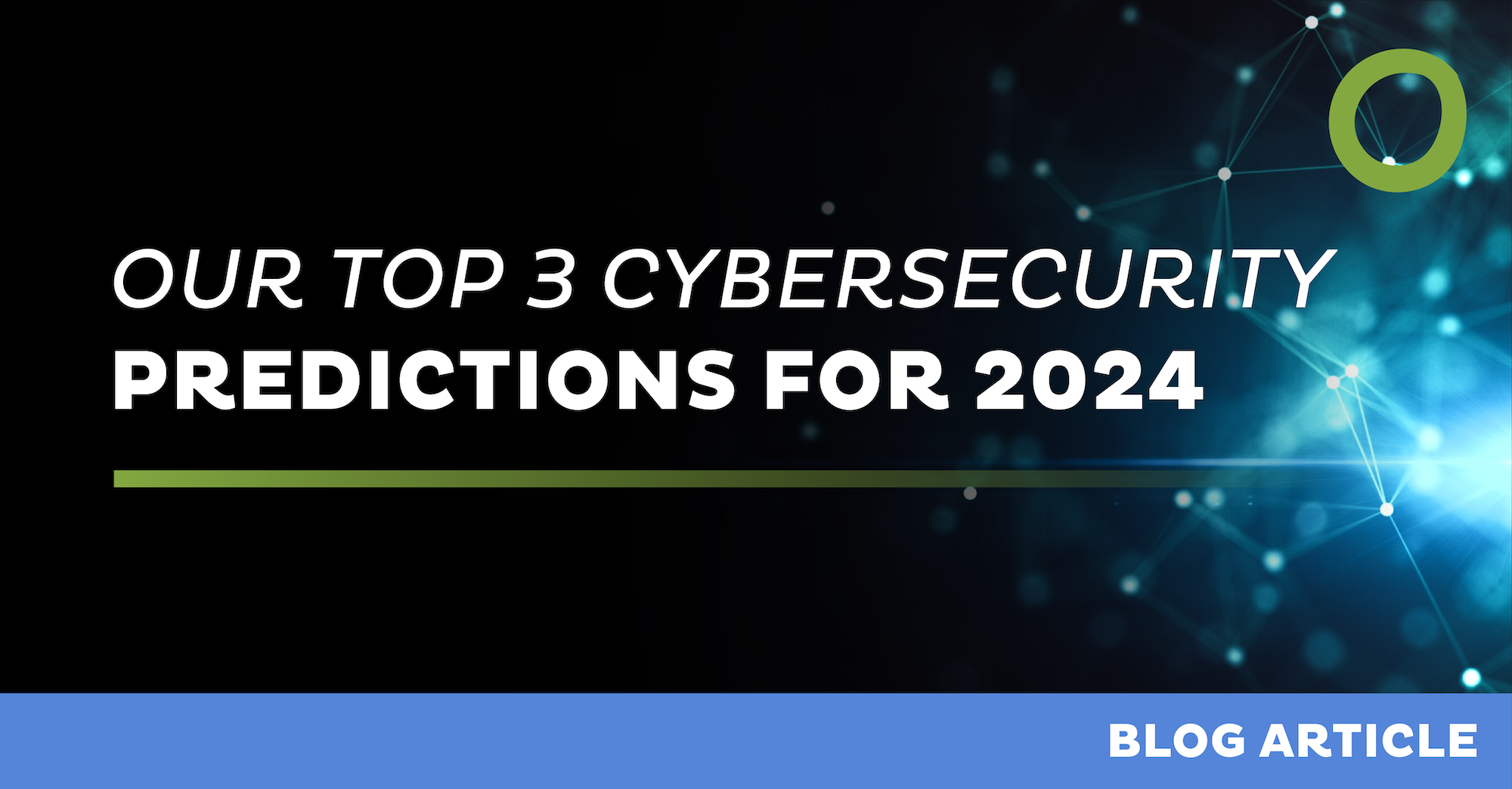Understand Deepfake Social Engineering Attacks and their potential risks.
Understand Deepfake Social Engineering Attacks and their potential risks.
Blog Article
The Next Frontier: Insightful Cybersecurity Predictions for the Coming Year
As we approach the brand-new year, the cybersecurity landscape gets on the verge of noteworthy change. Trick elements such as the combination of sophisticated AI innovations, the unavoidable surge of innovative ransomware, and the tightening up of information personal privacy policies are forming the future of digital safety. The ongoing frequency of remote job proceeds to subject new vulnerabilities that organizations have to navigate. Understanding these dynamics is vital for expecting the challenges ahead and strategically fortifying defenses, yet the effects of these adjustments continue to be to be fully checked out.
Rise of AI in Cybersecurity
In the rapidly developing landscape of cybersecurity, the integration of man-made knowledge (AI) is becoming a pivotal force in enhancing danger discovery and feedback capacities. AI technologies, such as artificial intelligence formulas and deep learning designs, are being increasingly deployed to assess huge quantities of data and determine patterns a sign of safety and security threats. Deepfake Social Engineering Attacks. This enables organizations to proactively attend to susceptabilities prior to they can be manipulated
The surge of AI in cybersecurity is especially substantial in its ability to automate regular jobs, enabling human experts to concentrate on more complex safety issues. By leveraging AI, cybersecurity groups can decrease reaction times and enhance the precision of threat analyses. AI systems can adapt and discover from brand-new dangers, continuously refining their detection devices to remain in advance of destructive actors.
As cyber risks end up being much more advanced, the need for sophisticated options will drive further financial investment in AI innovations. This pattern will likely cause the development of improved security tools that integrate anticipating analytics and real-time tracking, inevitably strengthening organizational defenses. The change towards AI-powered cybersecurity options stands for not simply a technological change but a fundamental adjustment in just how organizations approach their safety and security techniques.
Boost in Ransomware Strikes
Ransomware strikes have come to be a prevalent threat in the cybersecurity landscape, targeting companies of all sizes and throughout various sectors. As we progress right into the coming year, it is anticipated that these attacks will not just boost in regularity yet likewise in refinement. Cybercriminals are leveraging innovative techniques, consisting of the use of expert system and artificial intelligence, to bypass standard safety actions and make use of vulnerabilities within systems.
The acceleration of ransomware strikes can be credited to a number of variables, including the rise of remote work and the growing reliance on digital solutions. Organizations are frequently not really prepared for the progressing danger landscape, leaving critical framework prone to breaches. The monetary ramifications of ransomware are incredible, with companies encountering significant ransom needs and possible long-term operational disruptions.
In addition, the fad of dual extortion-- where enemies not just secure data but likewise endanger to leak sensitive details-- has gained traction, even more persuading sufferers to follow demands. Because of this, organizations have to focus on robust cybersecurity procedures, consisting of normal backups, employee training, and occurrence action planning, to mitigate the dangers related to ransomware. Failing to my website do so can cause ravaging repercussions in the year ahead.
Advancement of Data Personal Privacy Rules
The landscape of data privacy regulations is undergoing substantial transformation as federal governments and organizations reply to the boosting issues surrounding personal information defense. In the last few years, the implementation of detailed structures, such as the General Information Defense Guideline (GDPR) in Europe and the California Consumer Personal Privacy Act (CCPA) in the United States, has actually set a criterion for stricter personal privacy regulations. These laws emphasize consumers' rights to control their information, mandating transparency and responsibility from organizations that collect and process individual info.

Furthermore, companies will certainly require to improve their conformity methods, investing in advanced modern technologies and training to protect sensitive info. The advancement of data privacy laws will certainly not just effect exactly how businesses run however additionally shape customer assumptions, fostering a society of count on and protection in the electronic landscape.
Development of Remote Work Susceptabilities
As companies remain to accept remote job, susceptabilities in cybersecurity have progressively come to the forefront. The shift to adaptable job setups has subjected critical voids in safety and security procedures, especially as staff members accessibility delicate information from varied locations and devices. This decentralized workplace produces an increased assault surface for cybercriminals, who exploit unsafe Wi-Fi networks from this source and personal tools to infiltrate business systems.

To minimize these vulnerabilities, companies need to prioritize extensive cybersecurity training and implement durable safety and security structures that encompass remote job scenarios. This includes multi-factor authentication, regular system updates, and the establishment of clear methods for information gain access to and sharing. By dealing with these vulnerabilities head-on, business can foster a much safer remote workplace while keeping functional durability when faced with advancing cyber dangers.
Advancements in Danger Detection Technologies


Aggressive risk discovery has actually come to be a foundation of modern-day cybersecurity methods, reflecting the immediate requirement to neutralize progressively advanced cyber risks. As companies face a progressing landscape of susceptabilities, innovations in hazard detection modern technologies are vital in mitigating threats and improving protection postures.
One notable pattern is the integration of man-made knowledge and advice artificial intelligence into risk detection systems. These technologies make it possible for the evaluation of substantial quantities of information in actual time, permitting the identification of abnormalities and potentially harmful activities that may evade traditional protection procedures. Furthermore, behavior analytics are being carried out to develop baselines for normal customer task, making it easier to discover variances a measure of a violation.
Furthermore, the surge of automated threat knowledge sharing platforms promotes collective defense efforts throughout markets. This real-time exchange of info improves situational recognition and increases action times to arising risks.
As organizations proceed to buy these sophisticated innovations, the performance of cyber defense reaction will considerably improve, equipping security groups to remain one action ahead of cybercriminals. Inevitably, these developments will certainly play an important function in forming the future landscape of cybersecurity.
Verdict
In summary, the future year is expected to witness transformative growths in cybersecurity, driven by the integration of AI technologies and a noteworthy rise in ransomware attacks. On the whole, these developing dynamics highlight the crucial value of adapting to an ever-changing cybersecurity landscape.
Report this page